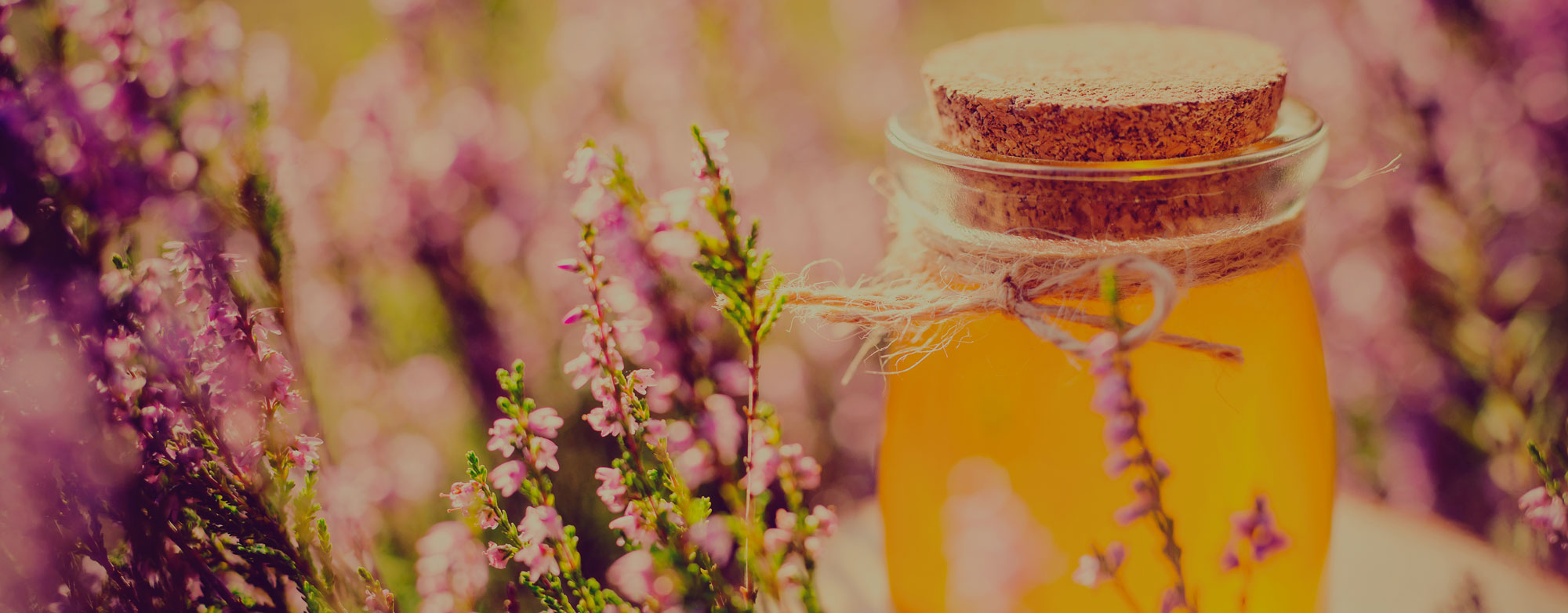
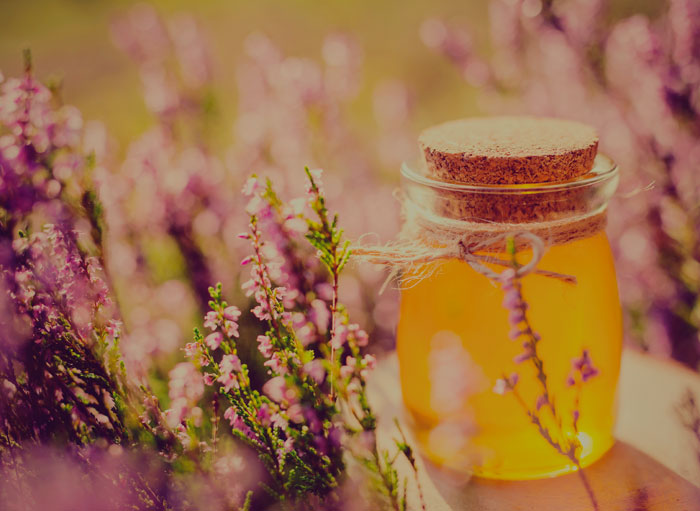


They come in all shapes, sizes, flavours. They can be found in almost every corner of the world. Some have been used for thousands of years to cure ailments. Some were even key to ancient civilisations and used in elaborate ceremonies. Without them gin wouldn’t be gin. We are of course speaking about botanicals. Without Juniper would gin be gin? No. Thanks to Mother Nature the range of botanicals available and opportunity to innovate are almost endless when you consider potential flavour combinations.
We wanted to learn a bit more about some of the key botanicals (yes Juniper should be first on the list!) that Scottish Gin makers and brands consider to be one if not ‘the’ botanical that they feel makes their Scottish Gin shine. In this latest episode of Beautiful Botanicals, we talk Sea Buckthorn with Fidra Gin, Rosehip with Kinrara Distillery, Nettles with Stirling Gin, Cloudberries with Cairngorm Gin and Rowan Berries with Rock Rose Gin.
Sea Buckthorn – Fidra Gin
Sea Buckthorn is a thorny, dioecious shrub or small tree that’s commonly found across parts of Europe and Asia. It’s predominantly found in coastal regions and is hardy to the salty and often wild conditions found on the coast. It’s also been found to withstand harsh winter temperatures as low as minus 43°C. Bright golden orange in appearance, the berries are rich in vitamins A, B1, B2, B6 and C and over the centuries the Seabuckthorn plant has been used to treat a number of ailments. The leaves and flowers have been used to treat arthritis, gout, and even measles. It was believe the berries could help prevent infections, improve eyesight and also slow the ageing process!
Seabuckthorn has been used in folk medicine stretching as far back as 200 years A.C. The first record of use was during the time of Alexander the Great. During one of his expeditions into Asia, his army noticed their horses eating small, unfamiliar berries from some of the local trees. It’s said the warriors were tired, weary and looking for something to lift their spirits. A few of the warriors tried the berries and after a few days felt invigorated and energised. Seeing the effects of the berries on his army and horses, Alexander ordered his men to bring samples back to Europe where they were planted and cultivated. The translation of the shrubs Latin name Hippophae means “the bright horse” because horses who eat the berries were said to have shiny coats and improved physical appearance.
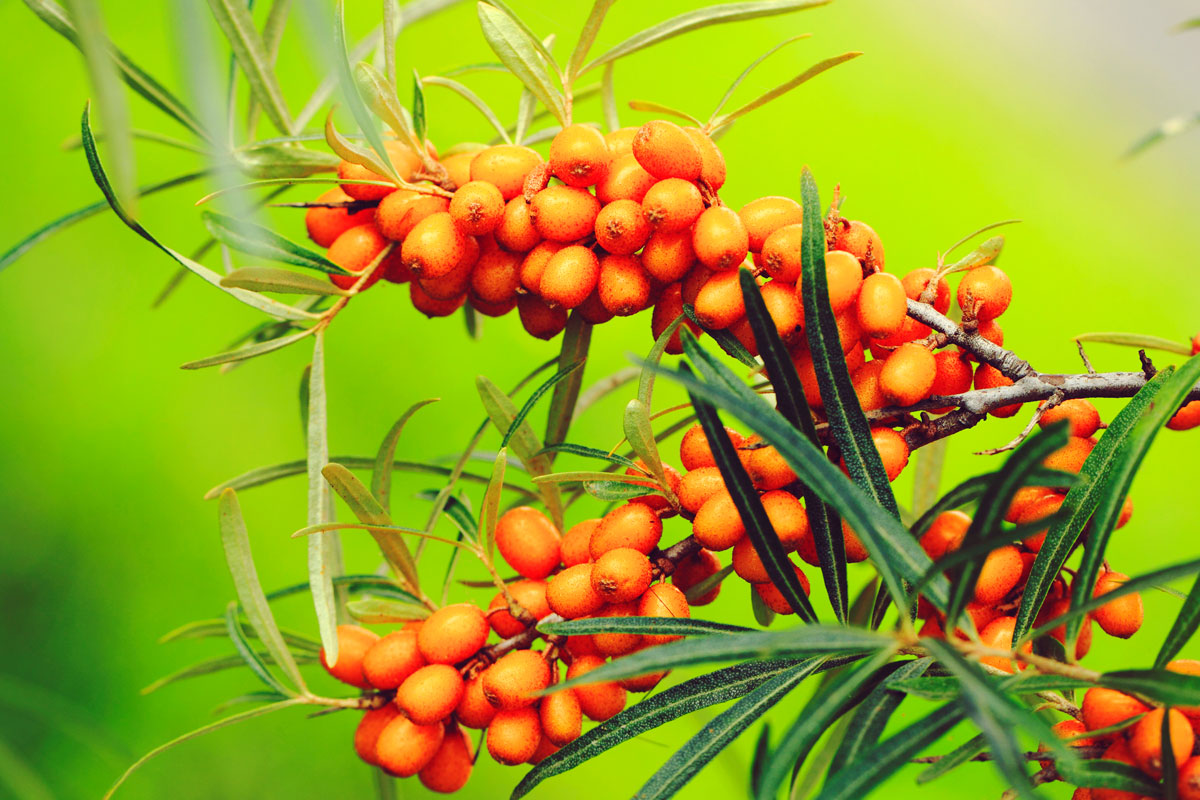
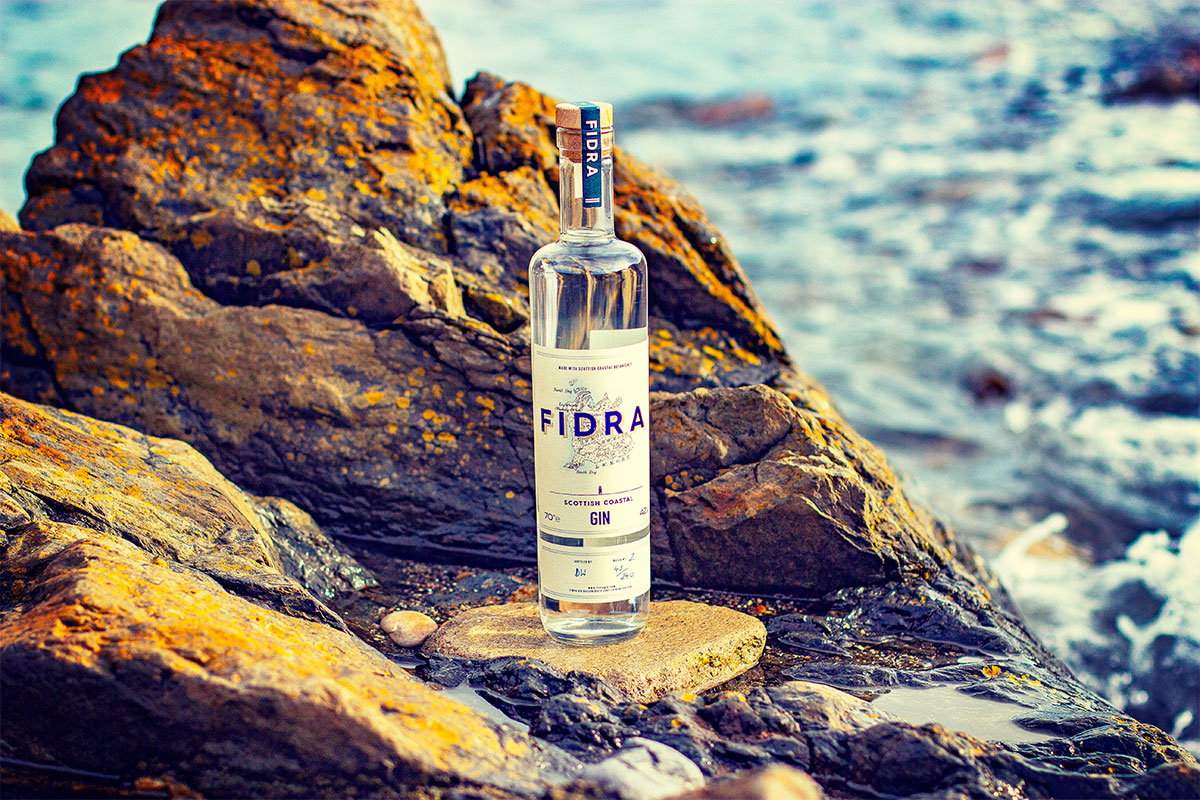
“We live in East Lothian, on Scotland’s east coast, and we really wanted to produce a gin with a distinctive coastal flavour. For this, we turned to the beautiful and vibrant orange Sea Buckthorn berries, which can be found plentifully amongst the sand dunes of most of our local beaches. To our delight, we discovered that just a few berries gave us the delicious, slightly salty tang of the sea we were looking for.
“Picking these beauties is pretty full-on, requiring gloves to protect you from the thorns, and a strong pair of secateurs. The berries are really juicy, which makes them difficult to handle so we freeze them straight away and use them from frozen throughout the year. Only a very small amount of berries are used in each batch.”
Jo Brydie, Fidra Gin
You can learn more about Fidra Gin here.
Rosehip – Kinrara Scottish Highland Gin
Rose hips as you might guess, come from the rose plant. The fruit of the plant, rose hips are typically red or orange in appearance, although some species produce rose hips that range from a dark velvet purple to jet black. It’s only once the flowers have been pollinated, which happens between spring and early summer, that the rose hips start to form. It’s late summer and through autumn before the final rose hips are mature enough and ready to be foraged.
Common uses include herbal teas, jams, syrups and of course alcoholic drinks. Rhodomel is a type of mead made using rose hips and they are also used in Pálinka, a fruit brandy popular in Hungary and Romania. Rose hips are the main ingredient in Cockta, a fruity soft drink popular in Slovenia.
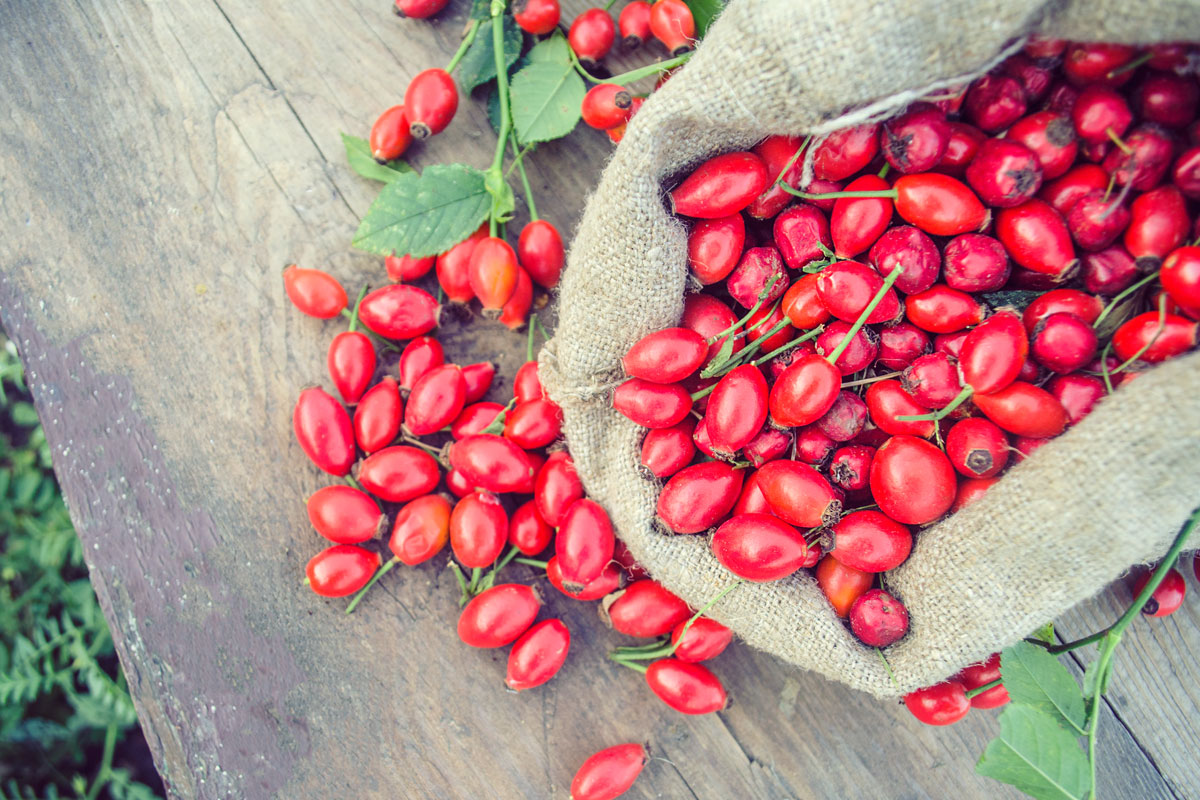
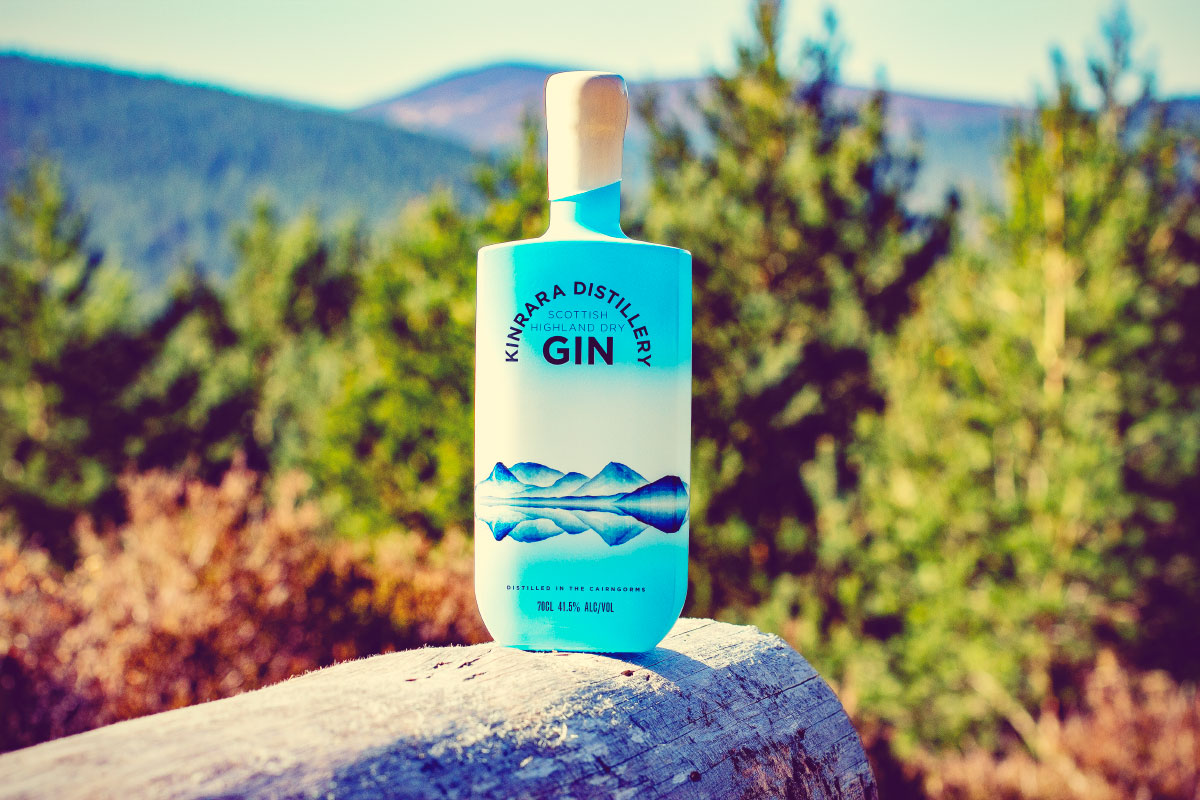
“Rose hips are the fruit of the rose plant, several species of which bare edible fruit. We’re lucky to have at the distillery an abundance of Dog Rose (Rosa canina) bushes, which are said to produce the tastiest hips. Evidence suggests rose hips have been consumed for millennia and helped provide our ancestors with a vital source of many nutrients including vitamin C. Rose hips actually contain more weight for weight than oranges, although this isn’t distilled across into the gin. Rose hips are most commonly used to make syrups and jams but can be eaten raw. Although you must take care to remove the seeds, which are covered in fine hairs that can cause irritation to throat and skin, hence why they’re known colloquially as ‘Itchy Coos’.
“Rose hip is one of the key botanicals in Kinrara Highland Dry Gin, being the third most abundant by weight in our recipe. We tend to harvest our rose hips in October and then dry them in the dehydrator for use throughout the following year, putting them in the body of the still just before distillation after giving them a quick blitz in a food processor. The use of rose hips influenced other parts of our recipe; from the choice to use sweet orange peel as our citrus to the decision to source our Juniper from Macedonia. When developing the recipe for Kinrara Highland Dry, our starting point was to produce a distillate of just rose hips and then seeing which other botanicals we could use to complement the floral, fruity, earthy and woody character it imparted.”
David Wilson, Kinrara Distillery
You can learn more about Kinrara Distillery here.
Nettles – Stirling Gin
Chances are when someone mentions ‘nettle’ you think ‘sting’. With a recorded 45 species of nettle, not all of the species sting and nettles can be found across most of Northern Europe, temperate parts of Asia and even parts of North Africa. Native to Europe, the humble nettle can now be found across Canada and America too. In fact, it can be found in every American state apart from Hawaii.
The Latin name for nettle is Urtica which translated means to burn. A reference to the plant’s sting from the small barbs and chemicals injected when touched. Often viewed as a weed, when cultivated and used carefully, the nettle is filled with surprises. They are rich in vitamins A and C, iron, potassium, manganese, calcium. They have been used in culinary dishes, drinks and even textiles. An archaeological site in Denmark dated to 2800 B.C. discovered cloth made from nettles.
Native Americans used to harvest nettles in the spring as an additional source of nourishment by boiling the leaves, which removes the sting and using them in teas and elixirs. The leaves were also cooked and ate, which helped them survive leaner times over winter when food could be scarce. When cooked, the nettles take on the appearance and texture of spinach or kale. Nettles are even used in the production of cheese like Cornish Yarg and bread, the Albanian börek. Gardners and farmers also see the growth of wild nettles as a sign of fertile and nutrient-rich soil, as nettles prefer phosphorus and nitrogen rich soils. Nettles are also the main host for a variety of butterflies, including the Red Admiral and Peacock.
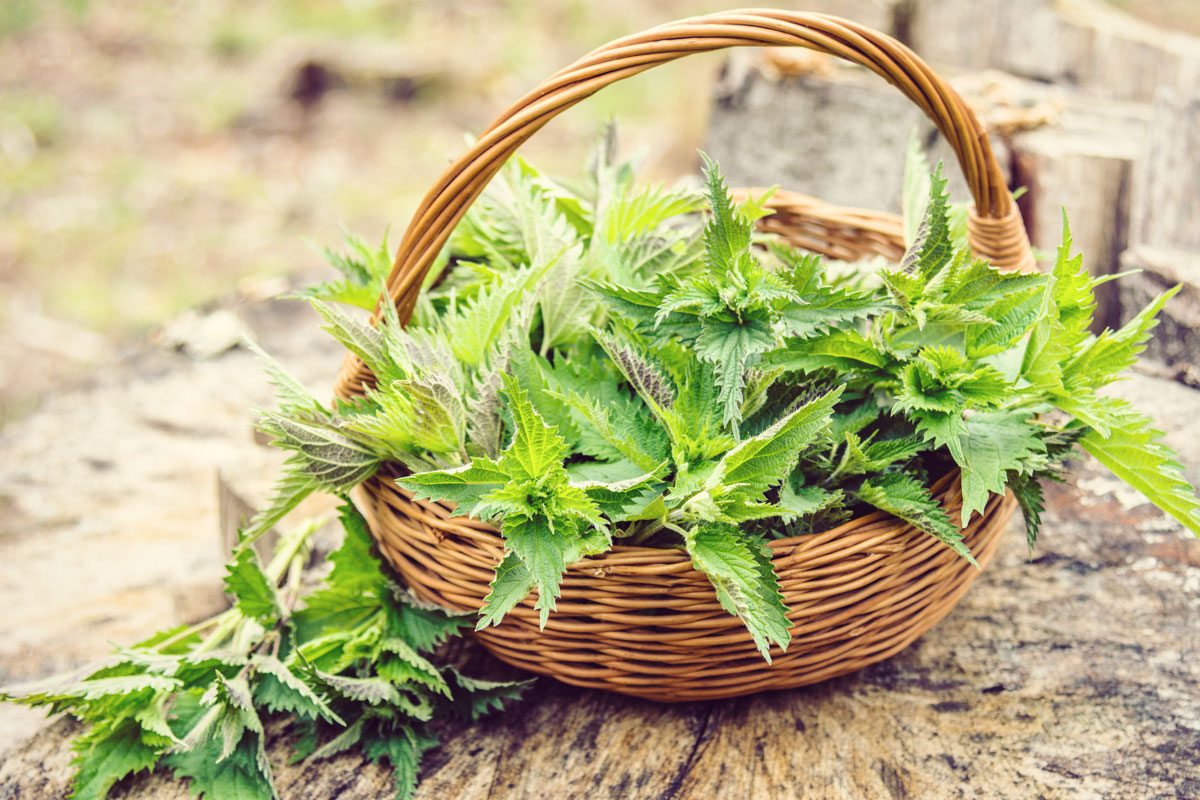
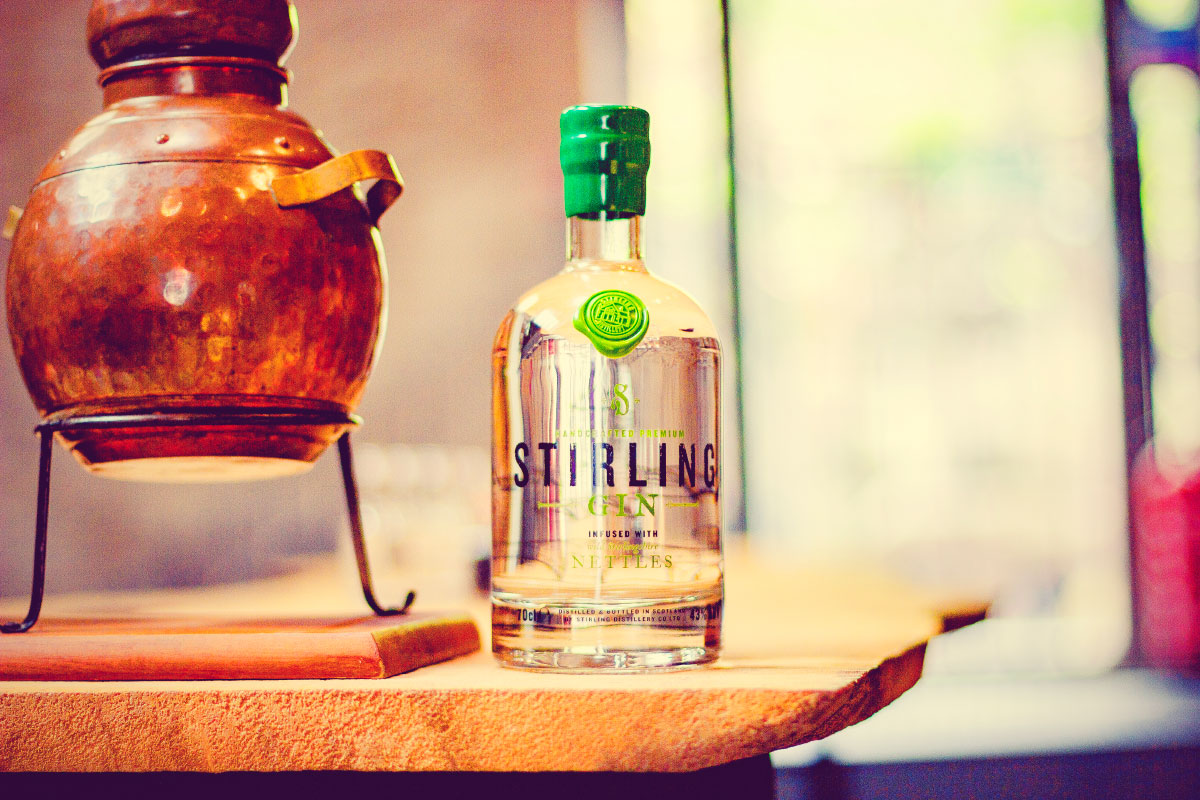
“When we were creating the initial Stirling Gin recipe, we knew we wanted to make a gin that was lead by herb notes. This was purely out of personal taste and we were already set on using basil, as many years earlier we had stuck some fresh basil leaves in to a G&T when we had ran out of the traditional lemon or lime. However, the lightbulb moment came whilst out walking Kinchie our dog, in an area called Mine Woods, the site of an ancient copper mine. I saw the vast patches of urtica dioica, better known as nettles to everyone else. I knew you could get nettle wine, tea and soup so I wondered if you could distil nettles… yes was the answer. That was the start of our experimentation with nettle, but as for When, Where and How? When is April, May or June, which is when they are picked, then we fast freeze them to use throughout the year. We only pick the top leaves as we find them sweeter, which works best in Stirling Gin. Where is still Mine Wood. How is easy… with big thick gloves!!!”
Cameron McCann, Stirling Gin Distillery
You can learn more about Stirling Gin Distillery here.
Cloudberries – Cairngorm Gin
Similar in size and appearance to the more common raspberry or blackberry, Cloudberries start off golden orange in appearance before ripening to a reddish, golden colour. Also sometimes called bakeapple or baked apple berry, the berries are found on a low lying creeping herb, Rubus chamaemorus. The plant is native to mainly northern regions including northern Russia, the baltic and Nordic countries. They are also found across a number of colder regions including Canada, Greenland and Alaska, where they’ve been used for thousands of years by local inhabitants in a variety of dishes including jams, preserves and more.
Relatively rare in Scotland, there are only a few mountain regions and moorlands where the berries can be foraged. Although very popular and in demand as a delicacy in several countries, the plant is not widely commercially cultivated so availability can be scarce depending on time of year and the local harvest. The berries have a sweet taste and when over ripe have a creamy texture, similar to sweet yoghurt. Rich in vitamin C, cloudberries have been a vital food source and are used to this day in a variety of traditional dishes.
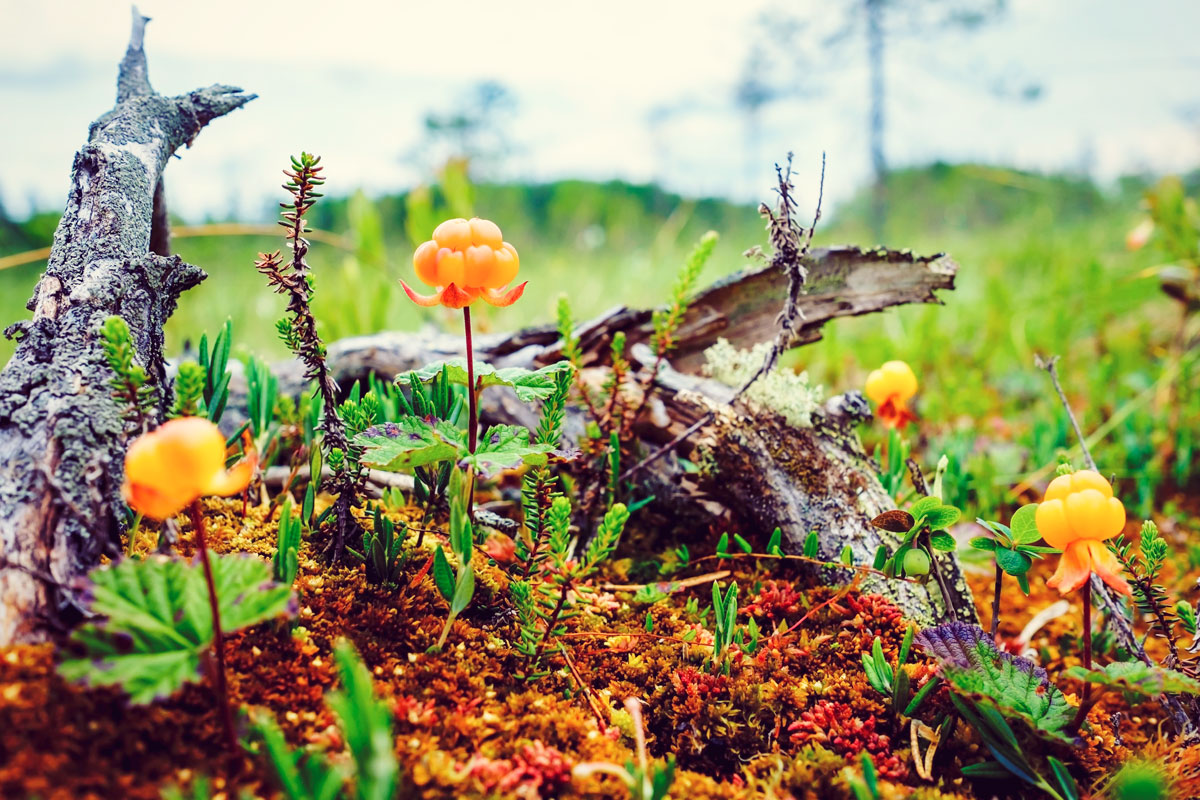
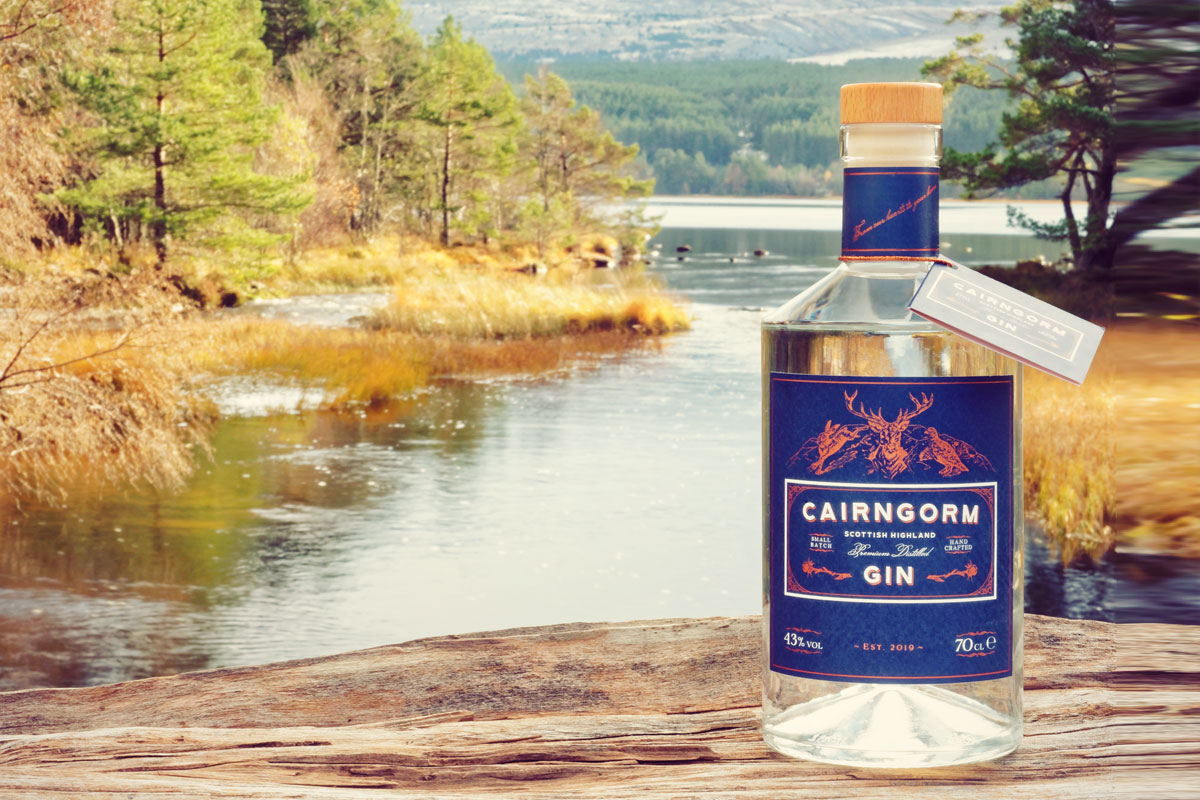
“Here at Cairngorm Gin, we wanted to create a truly unique gin taking inspiration from the land we live in. In doing so, we discovered the Cloudberry, once abundant in the Cairngorms National Park but now extremely rare. As a result of this, we sourced the finest Cloudberries from Scandanavia to give our customers the opportunity to taste their long-forgotten flavour. To our knowledge, we were the first gin in the UK to use the Cloudberry as a key botanical. Upon development, we discovered these amber coloured berries shared a flavour profile with a raspberry and a blackberry, which is why these can be found in our perfect serve to enhance the Cloudberry tones. We hope you enjoy Cairngorm Gin as much as we do. From our Hearts to your home.”
Jack Smith, Cairngorm Gin Company
You can learn more about Cairngorm Gin Company here.
Rowan Berries – Rock Rose Gin
Common throughout cooler regions in the Northern Hemisphere, Rowan Trees are a small deciduous tree that normally grows between 10 to 20 meters tall. Most species produce small, bright red fruits that are soft and juicy, providing a good food source for birds. The Rowan Berries have been used a number of ways over the centuries to produce jams, colouring for textiles, wines, liqueurs and cordials. The wood of the tree is hard and ensures the tree with its deep roots can survive in some harsh climates including the Norwegian arctic and even at high altitudes with some species growing in the Himalayas.
The Rowan Tree is intertwined in history, mystery and magic and can be traced back to ancient Greece. Greek Mythology tells the story of Hebe, the goddess of youth, who dropped her magical chalice which was captured by demons. The gods sent an eagle to recover the cup, and in the ensuing battle, the eagle lost feathers and blood. Where ever on earth this blood fell, a Rowan Tree grew. With leaves shaped like feathers and bright, blood red berries, it’s easy to understand how this myth came to be.
It wasn’t only the Greeks that held the Rowan Tree in high regard. Both Norse mythology and Celtic mythology features stories of the Rowan Tree. A Rowan tree outside a house was once a common sight, especially in many Celtic regions and is intertwined in Celtic mythology. It was said that planting a rowan tree beside your home would bring courage, wisdom and protection from evil spirits.
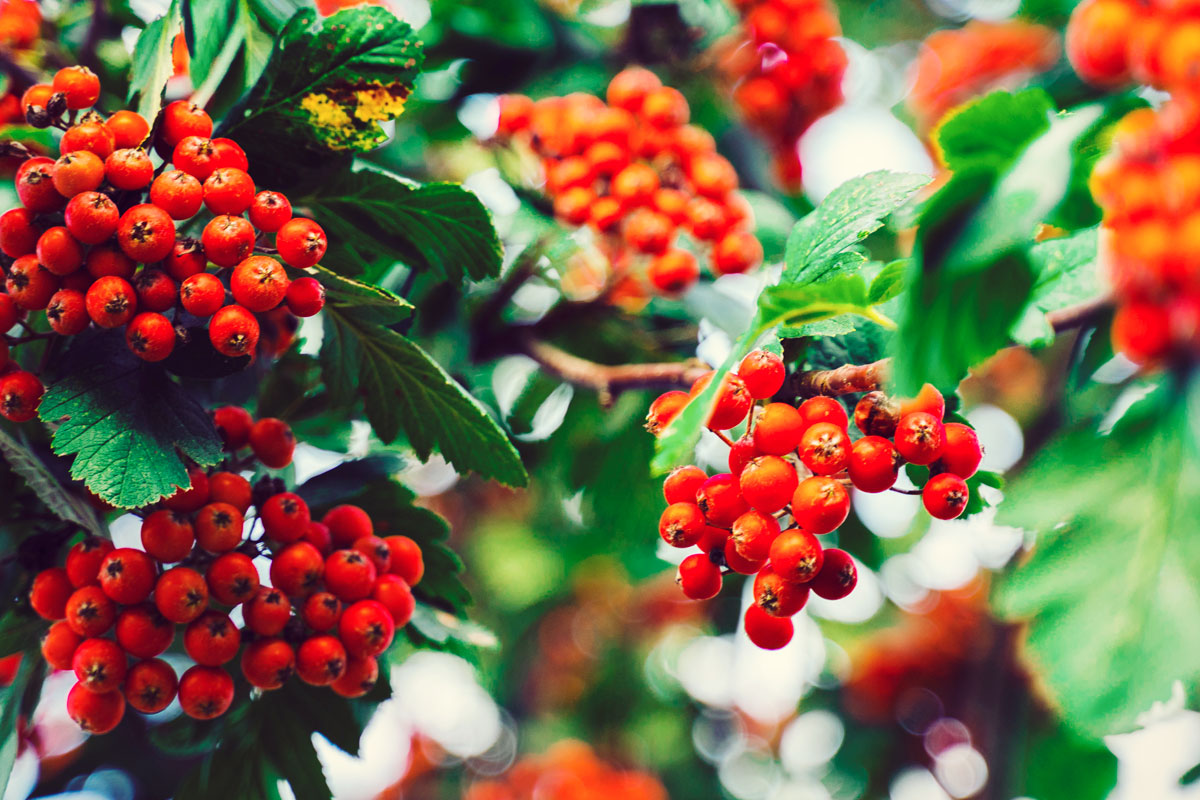
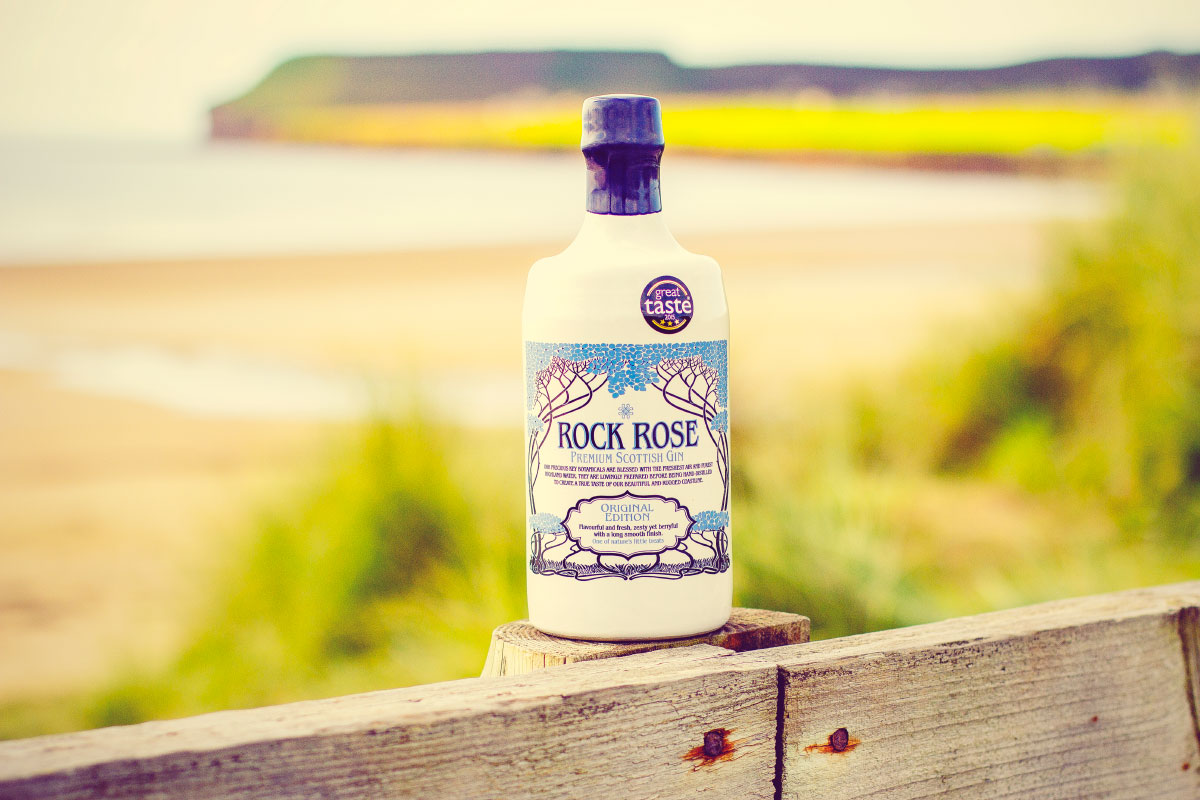
“Rock Rose Original Edition Gin is made from 18 different botanicals. One of the hero botanicals in Rock Rose Gin is the Rowan Berry. This orange/red berry comes from the Rowan Tree, also known as Mountain Ash. Rowan Trees grow across the road from Dunnet Bay Distillery in Dunnet Forest. We forage in Dunnet Forest for the Rowan Berries we use in Rock Rose Gin. We find that Rowan Berries add some sweetness along with some slightly bitter, astringent tones to Rock Rose Gin that complement and round out the rose aroma of the Rose Root and the spice that comes from the Angelica Root, Coriander Seeds and Cardamom we use to make our gin.
“The 18 different botanicals we use to make Rock Rose Gin are predominately chosen by Dunnet Bay Distillers for the flavour they will add to our spirits but where possible we also like to use botanicals such as Rowan Berries that have nice stories attached to them.
“The Rowan Tree is associated with the Norse god of thunder, Thor, for whom our nearest town Thurso is named after. According to one of the Old Norse myths preserved in the 13th century, Icelandic literary work known as The Prose Edda; a Rowan Tree was Thor’s salvation. A story from Norse mythology states that one day when Thor was being chased by giants, the giants chased the god of thunder into a river. The giants straddled the river causing it to rise, which meant that Thor nearly drowned. That is until he saw a Rowan Tree growing on the banks of the river. Thor grabbed hold of the Rowan Tree and pulled himself to safety. Therefore, as the saviour of Thor, Rowan Trees are considered in old Viking areas of the world, like Caithness, where Dunnet Bay Distillery is located, to be holy trees and trees of protection.
“Since Caithness was settled by Vikings from Norway from the mid-9th century AD onwards, we like stories like this one as it showcases both the natural and cultural heritage of Caithness, which is what makes a drink of Rock Rose Gin a little bit of history, myth and magic in a glass!”
Joanne Howdle, Dunnet Bay Distillers
You can learn more about Dunnet Bay Distillers here.
Read the last instalment of Beautiful Botanicals here.
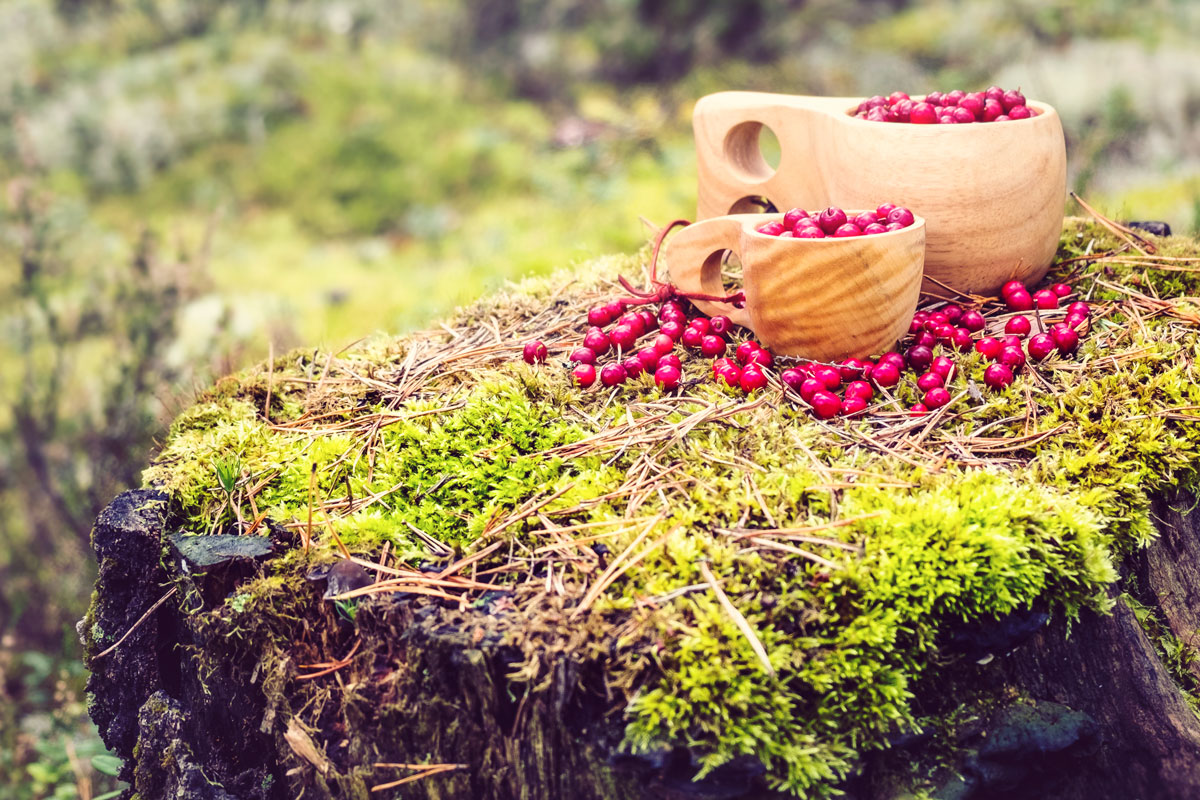
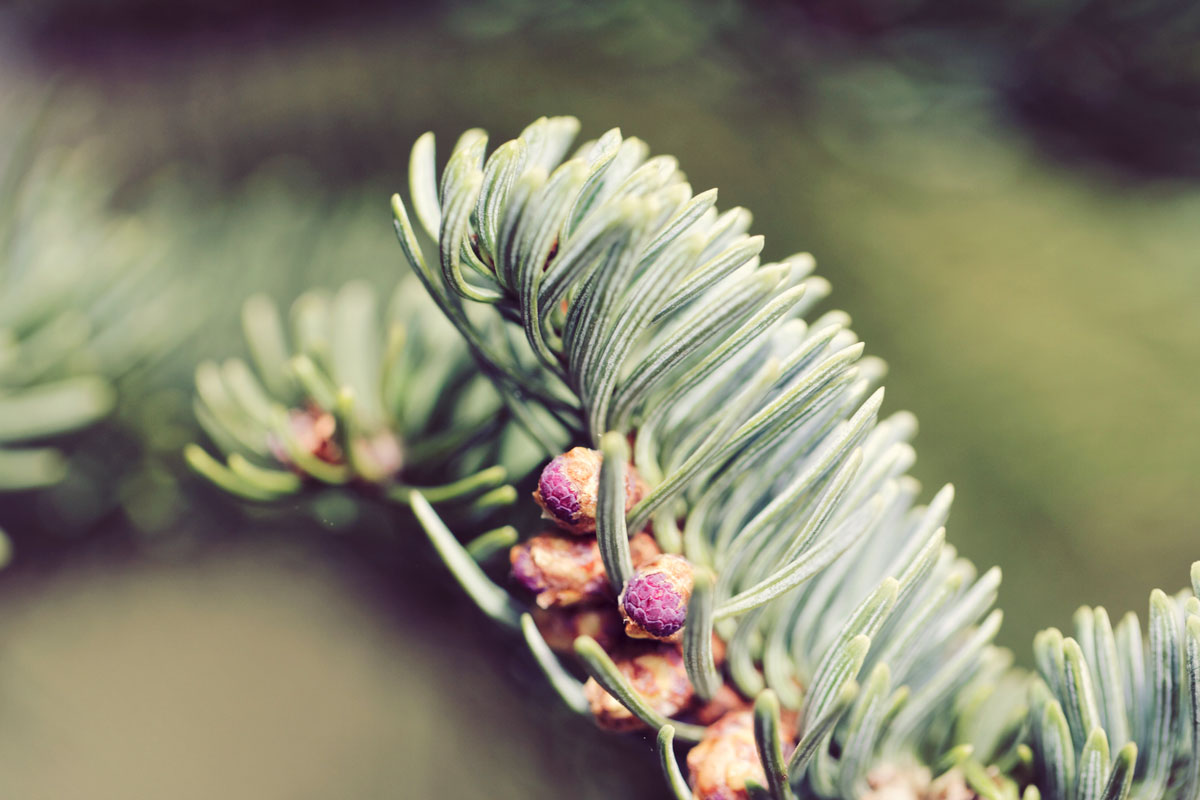
You can learn more about the many great Scottish Gins by visiting the links below.